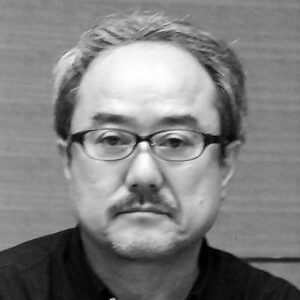Nobuyuki TANAKA


Nobuyuki TANAKA
Urushi Artist,
Professor at Kanazawa College of Art
The first Ishikawa International Urushi Exhibition, the only international exhibition on Urushi in Japan, was held in 1989. This year as we celebrate the twelfth event of the exhibition. I am still impressed that the exhibition has been held regularly for about 30 years.
I am sure that this is the result of the enthusiasm for the exhibition of all the parties concerned. As someone who has worked in Urushi art, I would like to express my most profound esteem and appreciation for everyone involved in continuing this exhibition up until today.
Since the first exhibition, it has played an important role in providing Urushi artists with opportunities to put their experiments to the test across category boundaries.
As a result, many Urushi works from Japan and abroad were submitted to the exhibition. When I was younger, I submitted a work which was a wall that made use of the texture of vermillion Urushi. One of the members of the Assessment Panel, the architect Yoshinobu ASHIHARA, evaluated my work and this encouraged me to continue to create my own works.
In those days, the members of the Assessment Panel included today’s Panel Chairman Nagatoshi OHNISHI, industrial designer Kenji EKUAN, graphic designer Kiyoshi AWAZU, and professor emeritus at Korea Chung-Ang University Taewon PARK.
We were judged from a variety of genres and diversified perspectives.
I remember feeling the enthusiasm from the members of the organizations and the Executive Committee. They were eager to establish a novel exhibition on Urushi and discover some works with unconventional viewpoints and values.
In light of the spirit of this historical exhibition, the result of this Assessment has made me a little unsatisfied in both the Art and Design Categories.
I feel the need to discuss the future of the exhibition, and the goal of its direction and role.
My impression of the submitted works, as I already mentioned at the Special Symposium, is that many artists value the original expression of the material. What they ask for is that the relation between humans and nature should be reconsidered through their Urushi creations.
Lastly, I hope the exhibition will contribute to the continuation and development of Urushi art, which is a local, as well as continental, cultural asset.
I would like the exhibition to provide opportunities to create cutting-edge Urushi works.
